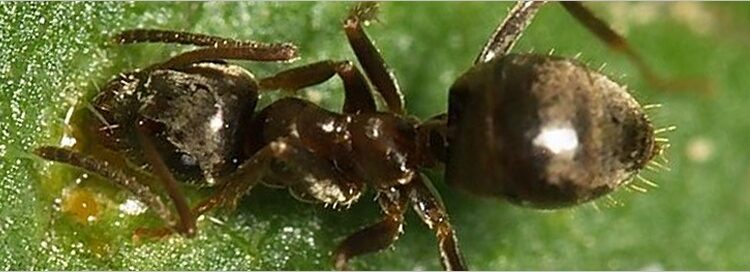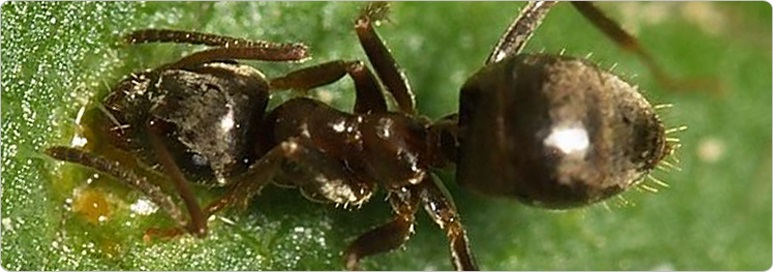
Moisture Ant
Looking for a Profession Exterminator in the Baltimore & DC Area?
Your Information Is Safe With Us. Accuate Pest Control will never sell, rent, share or distribute your personal details with anyone.
SATISFACTION GUARANTEE
We believe in the quality of our work. That’s why we proudly offer 100% Satisfaction Guarantee on our Residential Pest Control, Cockroach Control, Scorpion Control, Termite Control, Rodent Control and Weed Control Services. If you are not happy with the results, we will provide additional service with no extra charge until you are completely satisfied. Otherwise, you can request for a 100% refund or credit back to your account.
Re-service Guarantee
We guarantee to re-service your home or business for free, if pest problems return between our scheduled visits.
Price Guarantee
We offer a 2-Year Price Lock Guarantee which means that you don’t have to worry about increasing pest control rates for a minimum of two years.
Pest Control Guarantee
We guarantee to remove all covered pests on the interior and exterior of your property through our high-quality pest control service
Moisture Ant

Characteristics
Moisture ants are also called yellow ants because of their yellow color. This ant is 3/25 to 1/5 inch long, has notch on the back, and has hairs surrounding the end of the abdomen. Workers are monomorphic, which means that they have one size

Habitat
These ants are considered pests because they can nest indoors. Although they are common outdoors, they can come indoors at night in search for food. If they find an area in the home where moisture is present, they will create their colony there. When they build nests indoors, they can stay in leaky plumbing, windowsills, bathroom fixture, drains and near gutters.

Behavior
Like what their name indicates, this ant prefers moisture. In fact, they need continuous source of moisture to survive. They can eat wood that has a higher moisture content and live there to create their colony. Their behavior is similar to a termite since they can feed the wood they are creating as home. However, they do not extend the damage of the wood since they will just infest the rotting part of it unlike termites that can create structural damage. They are sometimes mistaken for carpenter ants because both ants can live in wood. However, carpenter ants dig through wood, but they do not eat the wood. Their galleries are smooth, unlike moisture ants. Moisture ants can even be sometimes seen carrying soil or debris back to the wood to create their nests.
Food
They prefer to eat the honeydew from aphids. They can also collect honeydew from other insects, such as mealybugs, planthoppers, and whiteflies. When they are found in kitchens, they will search for anything sweet, such as cake, sugar, candy, honey, and so on.
Life Cycle
The swarming season for these ants are in late September and October. After that, the reproductive female will search for a rotten wood or soil to begin her colony and lay her first batch of eggs. The first batch of eggs will be the first batch of workers that will take care and feed the larvae and the queen. They will also be foraging for food and will help in extending the nest.
Other Information and Tips
Moisture ants are considered a nuisance because of how they create their colonies. However, these ants will only be attracted to wood that has already been decayed. They will not start the destruction of a wood, but will just inhabit water-damaged, rotting wood, which means that they are not entirely a structural pest since the damage wood has already been there in the first place. They will construct galleries from the rotten wood and create the colony. To get rid of these moisture ants, it is necessary to search for the damaged wood. Replace the wood with a new one and correct the condition of the area to prevent these ants from coming back.
If you would like to get in contact with us, you can give us a call
